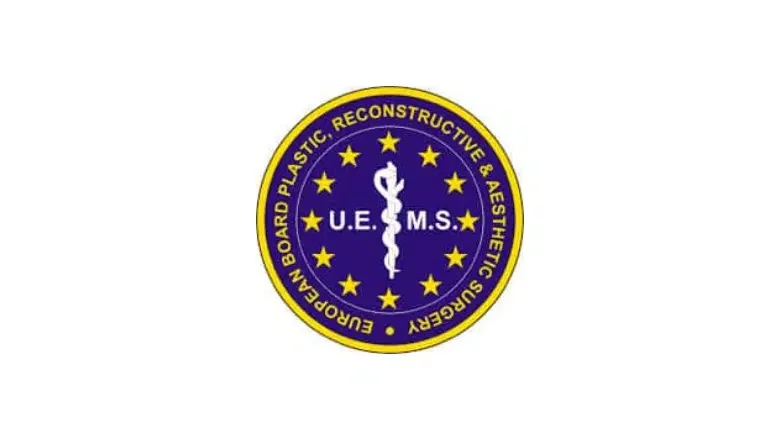The size and shape of the ears can significantly impact overall facial proportions as they significantly contribute to the facial appearance. There is a wide range of normality regarding the appearance of the ears. However, protruding ears, misshapen ears, ears that stick out, and large ears can significantly reduce self-confidence and emotional well-being.
RELATED: What are the different types of ear shapes?
Ear surgery is a highly effective procedure for correcting ear problems and removing droopy earlobes. In expert hands, the shape and size of the ears can be surgically altered to achieve a cosmetically acceptable appearance. Corrective ear surgery is beneficial for a wide variety of age groups, from primary school children to adult women and men. The precise technique of ear correction will depend on the presenting abnormality.
If you are keen to learn more about how to correct protruding years or treat or improve droopy earlobes, read on to learn how Centre for Surgery can help you to achieve normal-looking ears.
Ear correction surgery
A correction surgery is a type of facial plastic surgery designed to surgically alter the shape or size of the ears or pin back ears for excessively protruding ears. The medical term used to describe ear pinning is otoplasty or pinnaplasty. Otoplasty is most commonly performed for younger children, although the procedure is increasingly carried out in adults. Pinnaplasty surgery should not be performed on children below the age of five as the ears will still be undergoing active growth and development up to the age of six years. Surgery is best performed once children have reached the age of six.
RELATED: Benefits of Otoplasty surgery
Otoplasty surgery produces excellent results in the vast majority of patients, and when performed by an expert plastic surgeon, it is a safe and effective procedure. As with any type of surgical procedure, there are certain risks and complications you should be aware of before proceeding with an otoplasty.
Otoplasty surgery takes approximately 2 to 3 hours, depending on the extent of surgical correction required. Both local and general anaesthetics can be used. A general anaesthetic is most commonly used for smaller children, whilst adults can have the procedure under local anaesthetic in most cases. The procedure involves making incisions behind the ear in the ear crease and then removing excess cartilage. In most cases, excess cartilage is responsible for ear protrusion. Once the desired correction has been achieved, the ears will then be surgically pinned back to the desired position so that the ears look closer to the head. Dissolvable stitches will then be used to close the incisions, followed by applying a sterile dressing to support the ears in their new position and protect the ear cartilage during healing.
Ear pinning surgery is often available on the NHS for younger children who may be at risk of teasing and bullying at school if they do not have the procedure. Recently, a non-surgical technique for otoplasty has emerged known as EarFold. EarFold is a minimally invasive technique carried out under a local anaesthetic to correct certain types of Ear conditions. Specialised implants are inserted to correct prominent ears. Here at Centre for Surgery, our surgeons do not perform EarFold surgery as we believe the procedure’s risks outweigh the benefits. The procedure is more expensive than traditional otoplasty surgery. There is also a higher risk of recurrence of protruding ears compared with a traditional otoplasty.
Earlobe surgery
The ageing process leads to the development of loose skin, which may affect any part of the face, including the earlobes. As the skin loses its inherent elasticity, the skin begins to develop wrinkling and sagging. This is most commonly due to a skin loss of collagen and elastin. Older people often have larger earlobes as the ageing process leads to droopy earlobes that appear stretched. Other factors besides ageing that may result in sagging earlobes include skin type and the amount of sun exposure they experience. People with lighter skin types may be more likely to develop droopy earlobes due to less collagen in the dermal layer compared with darker skin types. Excessive sun exposure results in skin damage over time, leading to a loss of skin elasticity. Significantly droopy earlobes can be a result of wearing heavy earrings. The earlobe gradually lengthens and stretches out the ear piercing, leading to earrings falling out with ease. Sometimes, a split earlobe may occur due to the earring cutting through completely.
Earlobe rejuvenation can often be performed by injecting hyaluronic acid-based dermal fillers to plump up the earlobes, giving them a more youthful look. Split earlobes can be easily corrected with split earlobe repair surgery. Stretched earlobes or long earlobes can be addressed with earlobe reduction surgery. This procedure is designed to reduce the size of droopy earlobes to achieve a better proportion with the overall size and shape of the ear. Both procedures can be easily carried out under a local anaesthetic and take no more than 60 minutes to perform.
RELATED: What is earlobe reduction?
We are well known for our expertise in facelift surgery, and we would recommend that any patient having a facelift or mini facelift have earlobe surgery using the same procedure. The appearance of droopy earlobes can often result in a person looking much older than they actually are. Combining earlobe surgery with a facelift can help you achieve a refreshed and rejuvenated look, giving you back your self-confidence.
We have many years of experience carrying out all types of ear surgery, including otoplasty, pinnaplasty, ear pinning, ear correction, ear reshaping, split earlobe repair and earlobe reduction surgery using the safest and most effective surgical techniques. If you would like to book a consultation for corrective ear surgery, please get in touch with us today on 020 7993 4849 or complete the contact form below to learn about the treatment options available.










